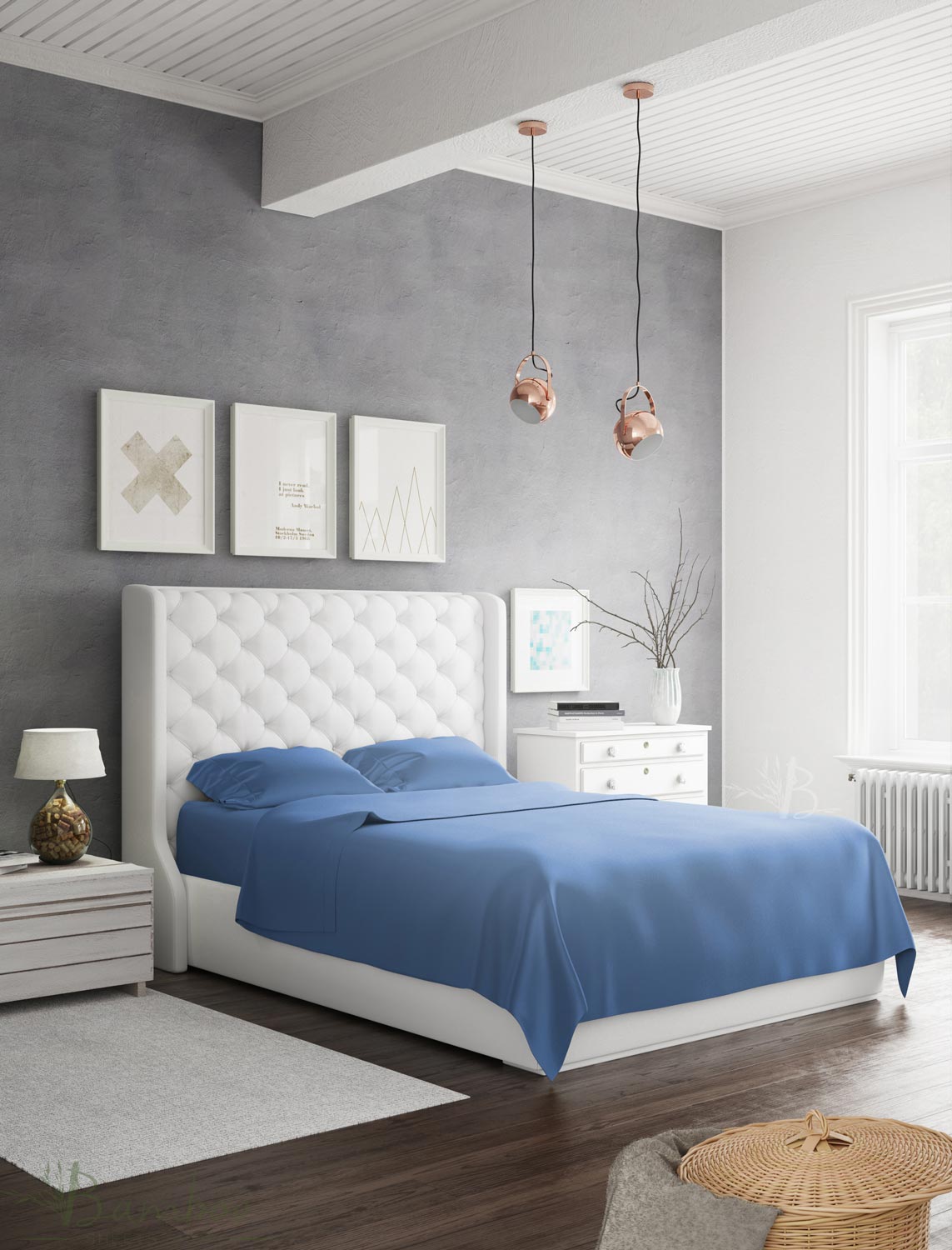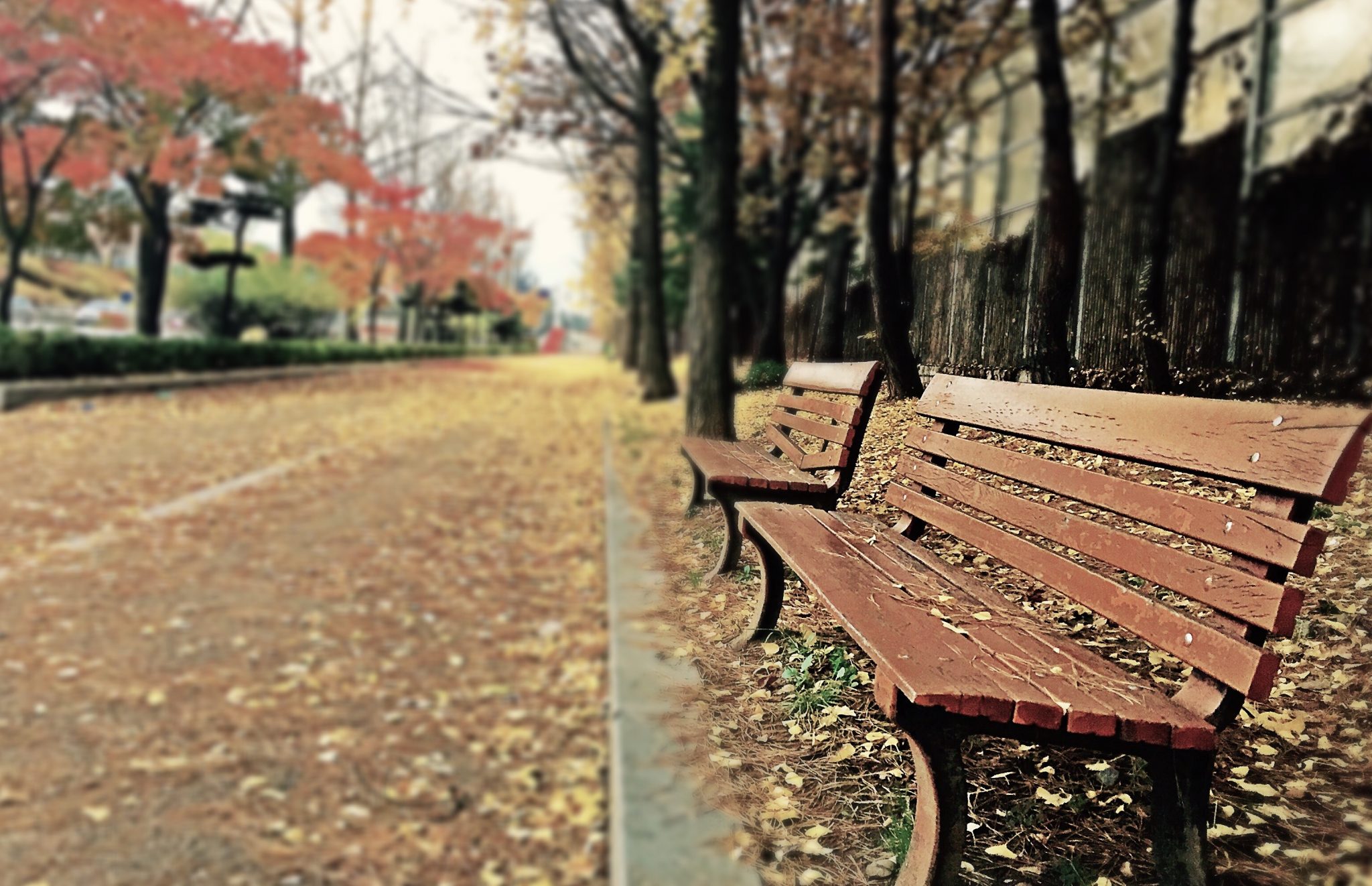Best Ways to Beat Allergies this Spring
Keep allergies at bay with these simple changes
April showers bring May flowers…and all the pollen that comes with it. When you breath in pollen, your body sees it as a sort of invader that needs to be stopped, and the immune system attacks it as it would a virus or bacteria. These defensive antibodies release histamines, and histamines cause all those annoying symptoms – itchy eyes, sneezing, and runny noses.
Allergies are no fun for anyone, and regardless of where you live, there’s a good chance that a bout of allergies is heading your way. You can keep an eye on the pollen forecast and avoid outdoor activities on allergen high days or take your daily over-the-counter allergy medicine to help lessen these effects. However, you’re not just at the mercy of the weather. There are many things you can do to help lessen the effect of allergens on your body, starting at home.
Best Home Improvements to Fight Allergies
Seal Your Home
One of the least expensive and easiest fixes may have the biggest impact. For just a few dollars you can buy caulk to seal small openings, such as holes in your floor or near an air vent. You can also purchase weatherstripping to line your doors and windows and check your window screens for any tears that need to be repaired or replaced. Aside from keeping your indoor air cleaner, you’ll also help prevent rodents and bugs from coming in, which can leave behind waste that also triggers a host of allergic reactions.
Aside from allergens coming in from the outside, it’s a good idea to caulk wet areas of your home every few years, such as around the bathroom tubs and showers, kitchen sink, backsplash, and around pipes.
Check Your Filters
When is the last time you changed your air filter? And when should you? There are actually a lot of factors that go into how often you should change your home air filter, including the size of the home, how much your utilities are running, if you have pets, if you smoke, and what the outside environment is like. Filter packaging will say something like “replace every three months,” but that is a rough estimate – especially during allergy season. Once a month, check your filter to see if it is dirty and looks like it needs replacing. When purchasing new filters, opt for the pleated filters instead of panel filters. They may cost a little more, but you’ll be replacing them less often and they are up to 60% more efficient.
Aside from helping you breathe better, regularly changing your air filter can also result in some serious savings. According to the Department of Energy, replacing a dirty air filter with a clean one can decrease energy consumption by 5-15%. That adds up over the course of a year! While you’re at it, why not check on your car’s air filter as well?
Keep a Clean Bed
Your bedroom should be a relaxing space for you to rest up for the day ahead, and not yet another factor leading to that runny nose. Cut back on that seasonal allergy irritation by eliminating the outdoor allergens that make their way into your bed.
Don’t go to bed wearing anything that you may have worn outside – this includes laying down for a quick nap in the clothes you (or your child) have been wearing all day. If you’re a morning shower person, try to change your schedule to wash off all the allergens you collect through the day before bed instead. Finally, as much as we love some puppy cuddles, try to keep your dog out of the bed. If this isn’t an option, at least wash off their paws and give them a good brushing before bedtime.
Improve Your Sleep
Keeping a clean bed isn’t all you can do to improve your allergy symptoms. Aside from seasonal allergies, bedding collects dust mites, bacteria, mold spores, and more over time which trigger allergies. You can combat the effects of sleeping with the allergens and bacteria that typically live in pillows and comforters by choosing hypoallergenic sheets, like those made from bamboo fibers. Bamboo sheets are known for being antifungal, antimicrobial, and moisture-resistant, rejecting bacteria and preventing mold spores. The pillowcases will help protect you while you sleep from these unpleasant microbes while the cool sheets are a pleasant barrier between you and your comforter or duvet.
Do Some Deep Cleaning
Especially if you’ve been opening the windows and doors to let in some of that refreshing springtime air, you’ll want to make sure to clean up whatever was left behind – some of which you might not even see. Sweep, dust, and mop regularly. Wash your curtains, couch slipcovers and throw pillow covers, and rugs throughout the house, and wash your sheets weekly, along with periodically washing your pillows and duvets. Vacuum often, and make sure you’re using a vacuum with a HEPA filter, specially designed to trap miniscule allergens.. Lastly, clean out spaces that you may not have thought of before that collect moisture, such as under your kitchen and bathroom sinks. If there was any sort of leak, you could be at risk for mold spores. Take everything out, check for moisture, seal any openings, and wipe it all down before returning items.
If you’re worried some of this cleaning may kick up allergens and in turn make you sick, you can also hire a company to do a deep house cleaning and hire a company to clean your carpet and floors. Choose an Allergy and Asthma Foundation of America (AAFA) certified cleaner, which will guarantee that most of the allergens are removed from many surfaces in your home. To maintain your fresh home, place a mat inside and outside of each entrance door and encourage family members and guests to remove their shoes at the door. The less of the outside you’re tracking in, the better.
Plan a Remodel
This suggestion is a bit more of a commitment than the others and will take a lot more planning and budgeting. However, especially if you have an older home, there are some big projects that can help your overall quality of life. To start, you will want to remove wall-to-wall carpeting throughout the home and replace it with hardwood, laminate, or tile. Not only has the carpet absorbed a lot of dirt and bacteria, but the padding below also has a myriad of invisible dangers to your health.
Another large change you can make is in replacing your windows and sliding glass doors with newer models that will provide a better seal between the outside world and your home. Aside from providing some relief to your immune system, this will also help make your home more energy efficient, saving you money in the long run.
Finally, check out your ventilation systems. Sometimes, kitchen and bathroom vents just circulate air right back into the house, and worse, they sometimes ventilate into the attic which is a prime space for mold to grow. Re-route any systems that vent into the house to vent outside to keep the damp air out.













